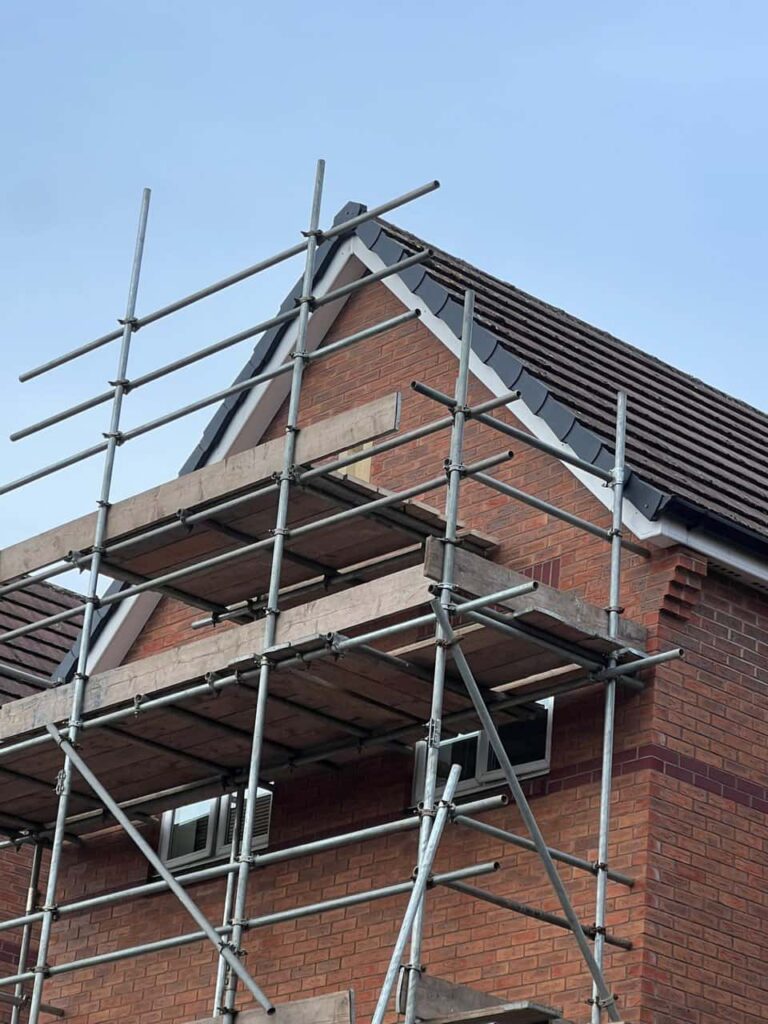Stormwater runoff is a growing concern for homeowners and property managers in Isleham, Cambridgeshire, particularly during periods of heavy rainfall. Traditional sloped roofs often struggle to manage water runoff efficiently, leading to potential flooding, leaks, and erosion. However, flat roofs present a unique and highly effective solution for managing stormwater runoff. In this blog post, we explore how flat roofs help manage stormwater runoff and why they are becoming an increasingly popular choice for both residential and commercial properties.
Understanding Stormwater Runoff
Stormwater runoff refers to water from rainfall or snowmelt that flows over the ground instead of being absorbed into the soil. In areas with heavy rainfall, this water can accumulate quickly, leading to various issues such as flooding, erosion, and the overwhelming of drainage systems. On rooftops, stormwater runoff can become a significant problem if not properly managed, potentially causing damage to the roof structure, walls, and surrounding landscape.
How Flat Roofs Effectively Manage Stormwater Runoff
- Even Distribution of Water
Flat roofs are designed with minimal slope, which means that stormwater runoff can be more easily channelled to designated drainage points. The relatively level surface allows water to flow smoothly towards drainage systems such as gutters, downpipes, or internal drains. In comparison to sloped roofs, where water can flow off quickly and unpredictably, flat roofs provide a controlled route for water to exit the property.
- Utilisation of Drainage Systems
The design of flat roofs typically incorporates highly effective drainage systems that are integrated into the roof itself. These systems are specifically designed to handle large amounts of water and direct it away from the property. By incorporating multiple drainage points or even a centralised drainage area, flat roofs ensure that stormwater does not pool on the roof, reducing the risk of water damage, leaks, or structural issues.
- Internal Drains: Many modern flat roofs feature internal drainage systems that are placed strategically to manage the flow of water efficiently. This reduces the risk of water pooling on the roof surface.
- Gutters and Downpipes: Properly installed gutters and downpipes are essential for collecting stormwater from flat roofs and directing it safely away from the property’s foundation.
- Stormwater Harvesting Opportunities
Flat roofs are also ideal for stormwater harvesting systems. With sufficient space and easy access, homeowners can install rainwater collection systems that capture and store stormwater runoff for future use. This collected water can be used for irrigation, cleaning, or even flushing toilets, making it a sustainable and cost-effective solution. By reducing the demand on mains water supplies, flat roofs can contribute to environmentally friendly water management practices.
- Green Roofs and Sustainable Solutions
In addition to traditional flat roof designs, green roofs have become a popular option for managing stormwater runoff in an environmentally friendly way. Green roofs, also known as living roofs, are covered with vegetation, which helps absorb rainwater, reducing runoff and providing additional insulation. This vegetation helps slow down the rate at which water flows off the roof, allowing it to be absorbed by the plants and soil. As a result, green roofs not only manage stormwater but also provide other benefits such as energy efficiency, improved air quality, and enhanced biodiversity.
- Reduced Risk of Roof Damage
Unlike sloped roofs, which may experience water accumulation in valleys or low areas, flat roofs have the advantage of more uniform water distribution. This reduces the risk of damage caused by concentrated water pooling in specific sections of the roof. By ensuring the water drains evenly, flat roofs maintain their structural integrity and prevent water from seeping into the roof material, which could lead to leaks, mould, and long-term damage.
Why Choose Flat Roofs for Managing Stormwater?
Flat roofs are an increasingly popular choice for both residential and commercial properties because of their practicality, versatility, and efficient water management capabilities. Their simple design allows for easy installation of effective drainage systems, while also offering opportunities for sustainable solutions such as green roofs or rainwater harvesting.
For properties in Isleham, Cambridgeshire, with limited space or architectural designs that favour flat roofing, this option offers both functional and aesthetic advantages. Flat roofs allow for a more manageable approach to stormwater runoff, reducing the risks associated with flooding and water damage while offering the potential for water conservation.
Conclusion
Managing stormwater runoff is an essential part of maintaining a safe and sustainable property. Flat roofs offer a highly effective solution by providing a controlled path for water to flow, incorporating efficient drainage systems, and even enabling stormwater harvesting. With the added benefit of reducing the risk of damage and supporting environmentally-friendly initiatives, flat roofs are an excellent choice for homeowners and businesses looking to improve their stormwater management.
If you’re considering installing a flat roof or improving your current stormwater management system, contact Isleham Roofing Repairs today. Our experienced team can help assess your needs and provide professional roofing solutions that effectively manage water runoff and enhance the longevity of your property. Reach out to us for a consultation, and we’ll ensure your roof is both functional and environmentally responsible.
Call us on: 01638 591 695
Click here to find out more about Isleham Roofing Repairs
Click here to complete our contact form and see how we can help with your roofing needs.

